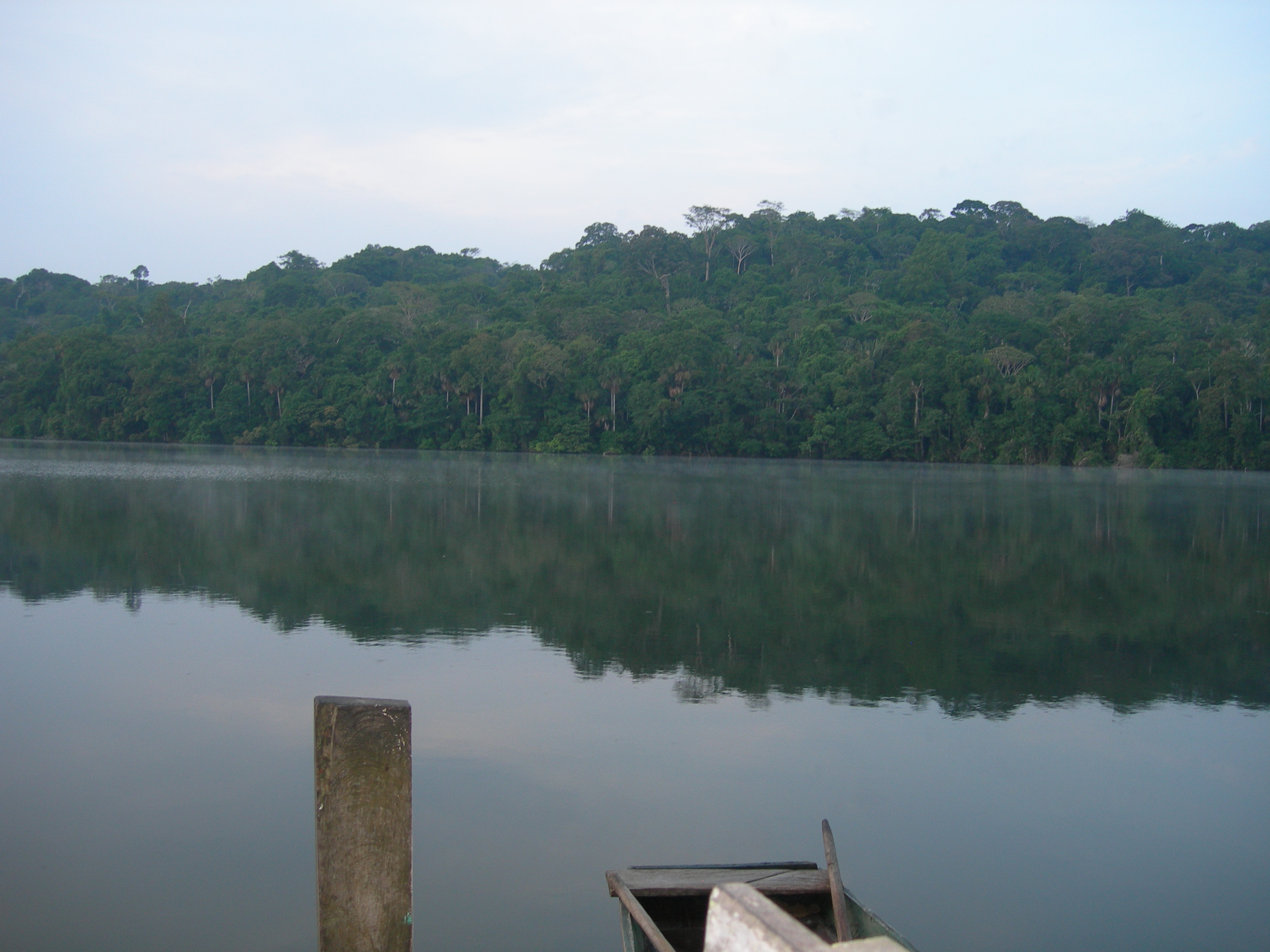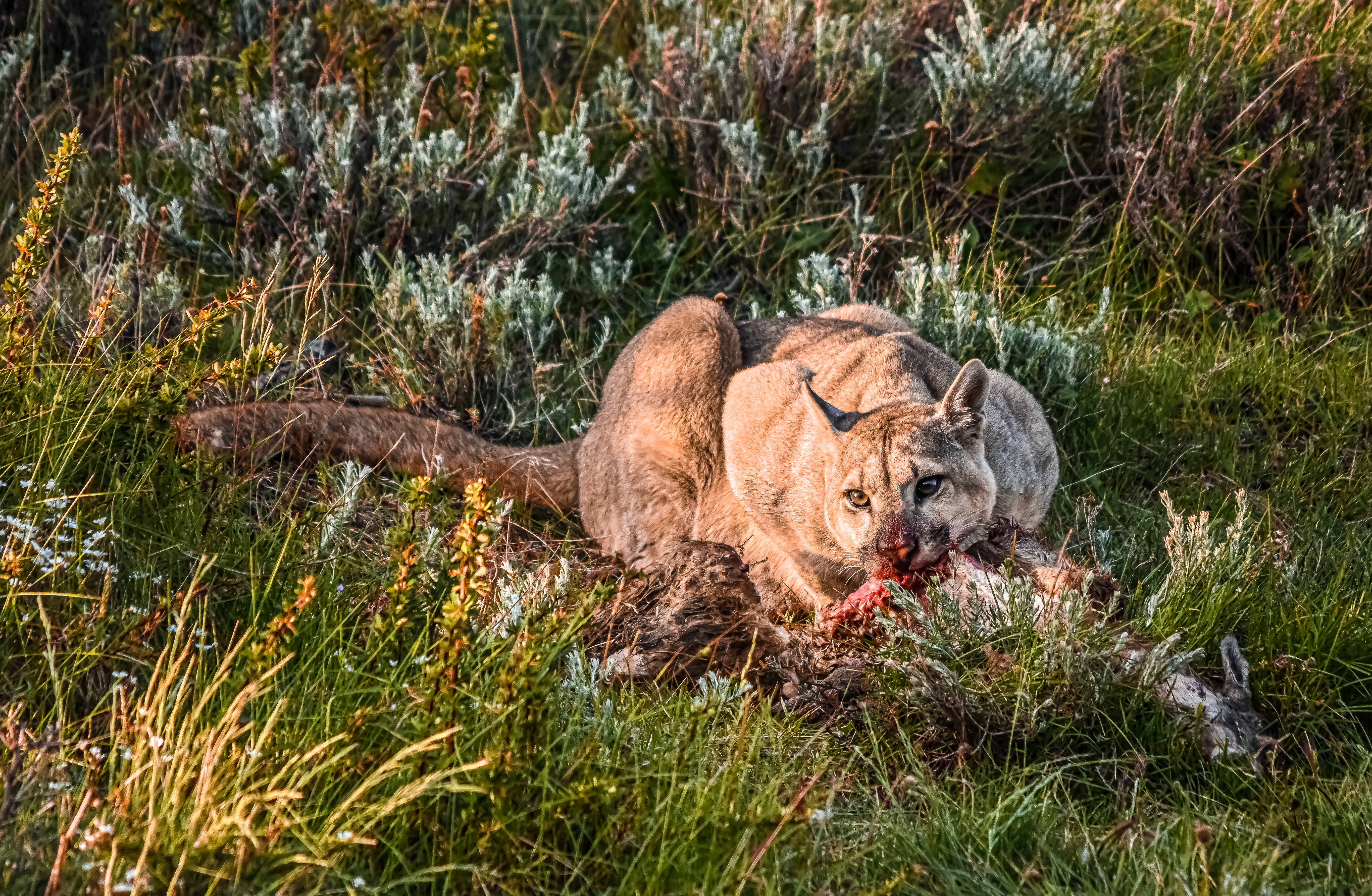Scientists are producing data without sharing it with people who actually need it
Paywalls and language barriers make results inaccessible for local managers and residents
All scientists want their research to have impact. But how often is that impact realized? A recent case study in Madidi National Park, Bolivia sought to put numbers to actual rates of knowledge dissemination and implementation.
This study, published by Anne Toomey, assistant professor at Pace University, María Eugenia Copa Alvaro from the Colección Boliviana de Fauna in Bolivia, and colleagues, reveals the disconnect between the potential impacts of a project and who learns about its results. Over a ten year period, 83 percent of the studies conducted in Madidi indicated that their project had definite or potential implications for the area's management from local to national levels. Yet, the majority of researchers were publishing their results in peer-reviewed academic journals, which are often inaccessible to local (or even national) stakeholders due to "paywalls" and other barriers to access.
Toomey interviewed local people on their opinion about the research projects being performed at Madidi National Park. One of the things often mentioned was the value of research for providing relevant knowledge, for things like natural resource management and changing local perceptions of protected areas. However, there was a general consensus that the amount of knowledge gained by researchers was far superior to the information the researchers actually distributed. Previous studies shed a light on why this is the case: data published in peer-reviewed journals does not reach those the people who can make direct use of the results, such as reserve managers, local communities, or even local politicians.
The key to achieving a greater impact of research projects, and getting the data into the hands of people who can act on it, lies in changing how and to whom we disseminate our results. Writing blog posts (sometimes called "grey literature"), talking to the local press, or creating material geared towards those with the power to change things are methods that can make research findings more likely to be implemented.

Chalalan Lake, Madidi National Park, Tuichi River, Bolivia
Arthur Chapman on Wikimedia Commons.
Toomey and her colleagues argue that these dissemination activities should be seen as an integral part of research, particularly in the case of conservation science, where research is often done with the explicit goal to contribute to the conservation of a species or ecosystem.
The Madidi case study also included the perspectives of local indigenous people about researchers studying on their land. Some reasons they reported for why they couldn't access the research were that it was usually written in English and locked behind paywalls. They suggested that researchers who want to ensure that local communities benefit from research can engage them by creating educational videos or doing presentations at community meetings.
Efforts to disseminate research results in a different way are not yet common, but case studies like Toomey’s help to increase awareness of the issue. Erin Poor, a postdoctoral fellow at University of Maryland, has experience in talking with and creating resources specifically for local communities. She created a GoFundMe campaign at the end of her PhD to return to her field site in Indonesia and spread the knowledge she had gained while doing fieldwork.
“For me, it was important to go disseminate my results to the people that live in the landscape I was studying, to increase the chances that my results would be implemented on the ground," said Poor.
.jpg)
Erin Poor's PhD work focused on human impacts on tiger habitat in Sumatra, Indonesia.
Bernard Spragg on Wikimedia Commons.
“The managers, decision-makers, and local residents are the people who can make changes on-the-ground, so it's necessary for them to have access to my results.”
Poor made sure to provide the materials in Indonesian and in a format she knew they use. “Peer-reviewed journals cater to an English-speaking Western audience, so that's in part why I felt I needed to go back and talk with people face-to-face, in Indonesian, and distribute my results in other formats (reports, meetings, Powerpoints) in English and Indonesian.”
Local people in Madidi also suggested that a good way to ensure research is relevant and impactful was to collaborate with the local communities before starting a new research project. While this is difficult for many researchers, due to the lack of funding to undertake this kind of consultation, it may be feasible in long-term projects.
For example, a recent article investigating if flashing lights could deter predators from attacking livestock in the Andean plateau of Chile recruited local people affected by livestock predation and presented them different options that may deter pumas and Andean foxes. Together with the scientists, who had performed research in the area before, they selected which option would be tested in their area. Thanks to the local participation, the researchers maximized the likelihood of their results being relevant and the potential that they become implemented.

The puma is a major threat to livestock on the Andean Plateau.
Valentinaalejandratorres on Wikimedia Commons.
Although dissemination of results to local stakeholders is currently an unappreciated facet of fieldwork, it is nonetheless an important step. Ensuring that work reaches those who can act on it, and who have a right to it, will not only prove beneficial to the species or ecosystem in question, it will also foster a good relationship between researchers and local communities.
As Poor puts it: “I was doing research as a guest in their country, and I received incredible help from locals throughout Riau. I felt that it was their right to have access to my results. I didn't do the research alone - it took an incredible effort from many people who have a vested interest in improving the landscape for wildlife, so the research belonged to them, as well.”
.jpeg?auto=compress%2Cformat&crop=faces&fit=crop&fm=jpg&h=360&q=70&w=540
)






Great job Maria! This is an excellent article outlining many of the ways scientific results fail to reach its intended or most interested audiences. Perhaps a method to institutionalize change could be a requirement from funding agencies to have dissemination practices beyond journal publication, and specifically to the local community where the research was performed. As evident from shows like Unnatural Selection, the involvement of communities in scientific research, especially those that probe or document the area’s environmental or ecological impact, is necessary for ethical research. It is heartening to see scientists like Dr. Poor make the effort to “give back” the research to its intended community in Indonesia.